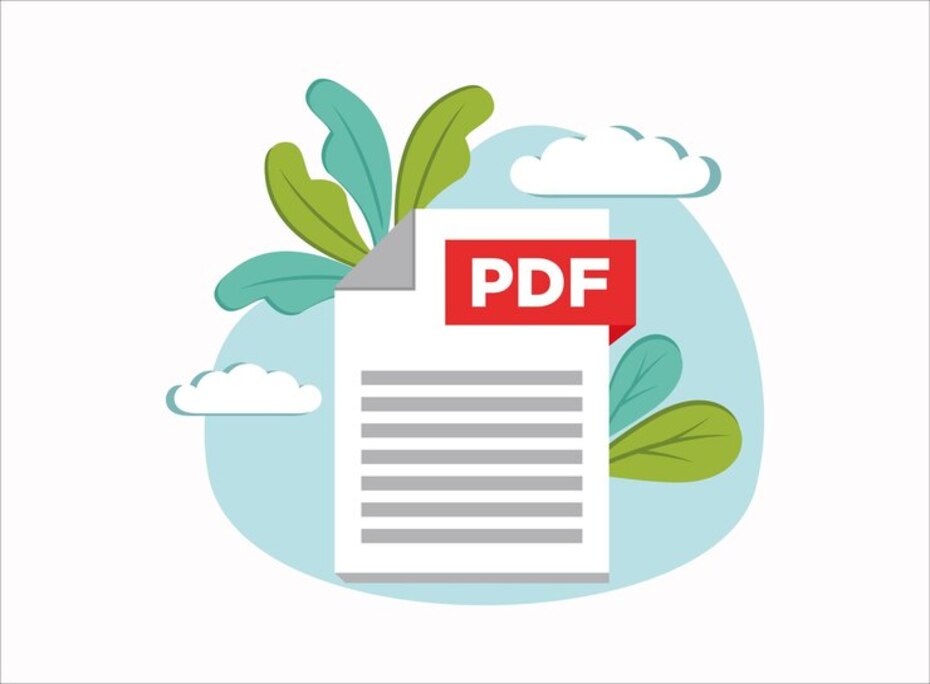In today’s digital world, working with PDFs has become an everyday necessity. Whether you need to fill out forms, annotate documents, or add your own comments and notes, knowing how to write on a PDF can be a valuable skill. In this comprehensive guide, we will explore various methods and tools that enable you to write on PDFs efficiently and effectively.
Method 1: Using Adobe Acrobat Reader DC
Adobe Acrobat Reader DC is one of the most popular PDF viewers, and it offers a range of annotation tools for writing on PDFs.
Open the PDF: Launch Adobe Acrobat Reader DC and open the PDF document you want to write on.
Select the Text Comment Tool: Click on the “Comment” option in the toolbar, then choose “Add Text Comment.” This tool allows you to add text anywhere on the PDF.
Click and Start Typing: Click on the location where you want to add text, and a text box will appear. You can start typing your text, change fonts, colors, and sizes as needed.
Save Your Changes: Once you’ve added your text, don’t forget to save the PDF to preserve your annotations.
Method 2: Using Online PDF Editors
Several online PDF editors allow you to write on PDFs without downloading any software. One such tool is Small PDF.
Visit Small PDF: Go to the Small PDF website.
Upload Your PDF: Click on the “Choose File” button to upload your PDF to the online editor.
Select the Text Tool: After your PDF is uploaded, click on “Add Text” from the sidebar.
Click and Start Typing: Click anywhere on the PDF to add a text box, then start typing your text. You can also customize the font, size, and color.
Download the Edited PDF: Once you’ve made your changes, click “Apply” and then “Download” to save the edited PDF to your device.
Method 3: Using PDF Annotation Software
If you need advanced annotation features, consider using PDF annotation software such as Adobe Acrobat Pro, Foxit PhantomPDF, or PDF-XChange Editor. Here’s a general workflow:
Open the PDF: Launch the PDF annotation software and open your PDF document.
Select the Annotation Tool: Most software offers a variety of annotation tools, including text, highlight, and comment options. Choose the text annotation tool.
Click and Write: Click on the area where you want to add text and start typing. You can format the text to your liking.
Save Your Changes: Don’t forget to save the PDF after making your annotations.
Method 4: Using Mobile Apps
If you prefer to write on PDFs using your smartphone or tablet, there are many mobile apps available for iOS and Android devices. Adobe Acrobat Reader, PDF Expert, and Xodo are popular options.
Install the App: Download and install a PDF annotation app from your device’s app store.
Open the PDF: Open the app and import the PDF you want to work on.
Select the Text Tool: Choose the text annotation tool from the app’s toolbar.
Tap and Type: Tap on the location where you want to add text, then start typing. You can format the text as needed.
Save or Share: Save the edited PDF to your device or share it with others directly from the app.
Method 5: Using Adobe Acrobat Reader DC
Advanced Annotation Tools: Adobe Acrobat Reader DC offers a wide range of annotation tools beyond just adding text. You can highlight text, draw shapes, insert stamps, and even attach files or audio comments to your PDF.
Commenting and Collaboration: If you’re working on a collaborative project, you can use the commenting features to add notes, highlight text, and track changes made by multiple users. This is particularly useful for team-based editing and reviewing.
Customization: Acrobat Reader DC allows you to customize the appearance of your annotations, such as adjusting font size and color. This is handy for ensuring your annotations stand out or match a particular style guide.
Method 6: Using Online PDF Editors
Cross-Platform Accessibility: Online PDF editors are accessible from any device with an internet connection, making them ideal for users who need to edit PDFs on the go or on different devices.
Security: Ensure you are using a reputable online PDF editor to protect your sensitive information. Many online tools offer encryption and secure cloud storage options to safeguard your documents.
Multiple Editing Options: Besides adding text, online PDF editors often provide options for adding images, shapes, signatures, and form fields, expanding their utility for various tasks.
Method 7: Using PDF Annotation Software
Advanced Features: PDF annotation software like Adobe Acrobat Pro and Foxit PhantomPDF often include advanced features for document management, including merging, splitting, and optimizing PDFs, which can be beneficial for more extensive projects.
Batch Processing: Some software allows you to annotate multiple PDFs simultaneously or apply annotations across multiple pages, streamlining your workflow.
PDF Security: These tools often include features for password protection and redaction, which can be crucial when working with sensitive or confidential documents.
Method 8: Using Mobile Apps
Handwriting Recognition: Many mobile PDF annotation apps offer handwriting recognition, allowing you to write with a stylus or your finger for a more natural feel when adding annotations.
Cloud Integration: Mobile apps often sync with cloud storage services like Dropbox or Google Drive, enabling seamless access to your annotated PDFs across devices.
OCR (Optical Character Recognition): Some mobile apps have built-in OCR functionality, which can convert scanned text within your PDFs into searchable and editable content.
Offline Access: Ensure that the mobile app you choose allows you to work on PDFs even when you’re offline, as this can be especially handy for those who frequently work in areas with limited connectivity.
Conclusion
Regardless of the method you choose, remember to save your work periodically, keep backups of your original PDFs, and pay attention to document version control, especially when collaborating with others. Additionally, always respect copyright and intellectual property rights when annotating or editing PDFs, and make sure your annotations enhance the document’s content and purpose.

